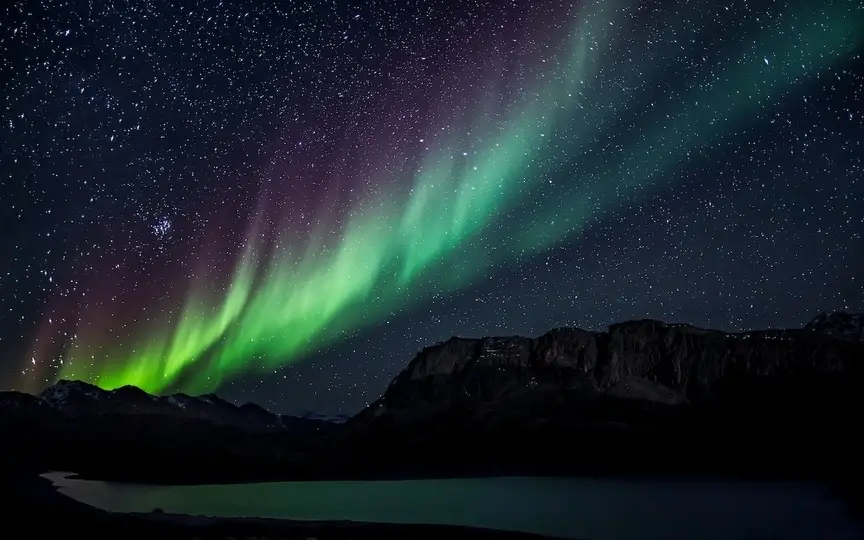Geomagnetic storm in 2024 causes breathtaking auroras near the Arctic Circle due to solar activity
Solar storm in 2024: With the solar maximum approaching, the Sun’s activity is predicted to rise. Recent weeks have seen the Sun unleash powerful X-class solar flares multiple times, posing a threat to Earth’s electrical infrastructure. Technological devices are particularly vulnerable during these events, leading to potential power outages and disruptions in radio communication. Following a G1-class geomagnetic storm, auroras were triggered on March 3.
Solar storm
According to a report by spaceweather.com, the Sun launched a CME into space on February 28 when a magneto filament erupted connected to sunspot AR3592. Although it was not originally expected to hit Earth, its impact was greater than expected. This CME impact resulted in a G2 geomagnetic storm that triggered the aurora over the Arctic Circle.
Jan Eklind captured the spectacular northern lights during the flight. Eklind told Space Weather: “I was flying from Oslo to Kirkkoniemi on Scandinavian Airlines when the CME hit. The aurora borealis spread across the sky in the dim distance and the city lights below.”
How are the northern lights formed?
According to NASA, when a solar storm interacts with the Earth’s magnetic field, it leads to the formation of geomagnetic storms. During this time, the solar particles released interact with the various gases in our atmosphere and form spectacular aurora borealis, which are worth seeing especially from Reykjavik, Iceland and Svalbard, Norway.
Scientists study the northern lights from several different angles: from below, from above, and from within. From below, ground-based telescopes and radar look up to monitor what’s happening in the sky. From above, NASA missions such as THEMIS study what causes the aurora borealis to change dramatically from slowly flickering waves of light to wildly changing streaks of color, according to the space agency.




